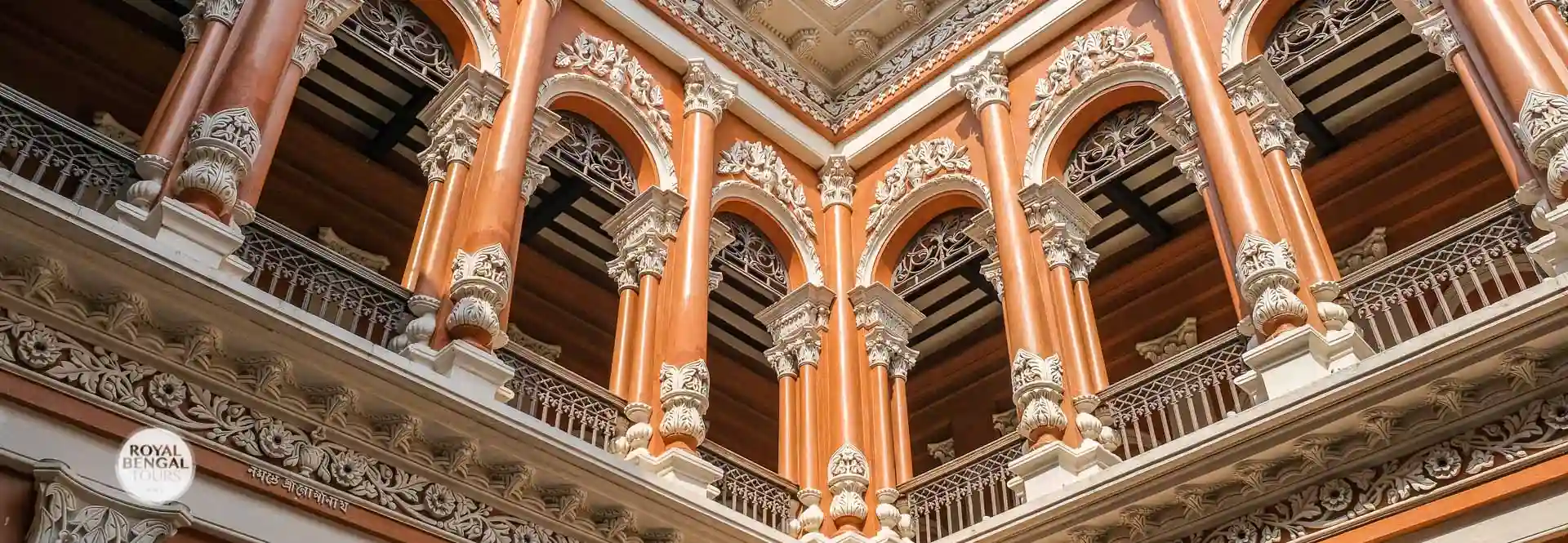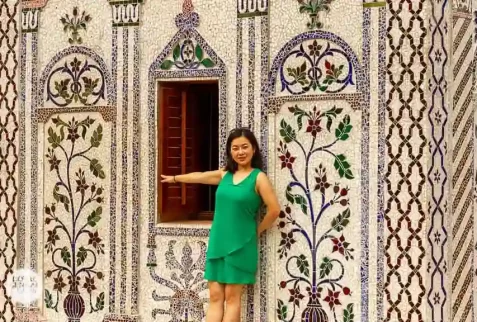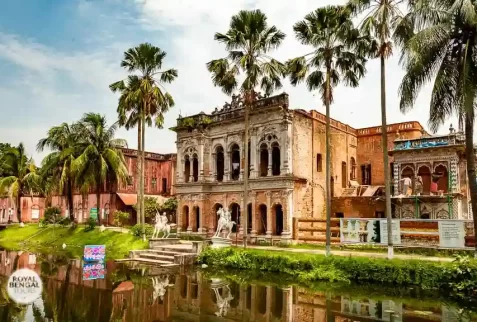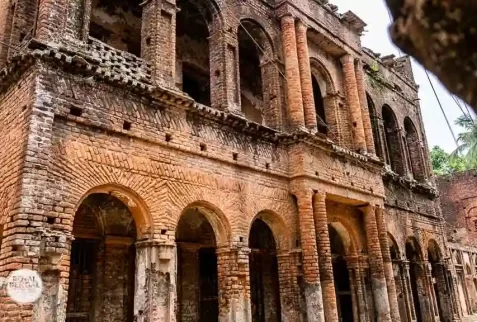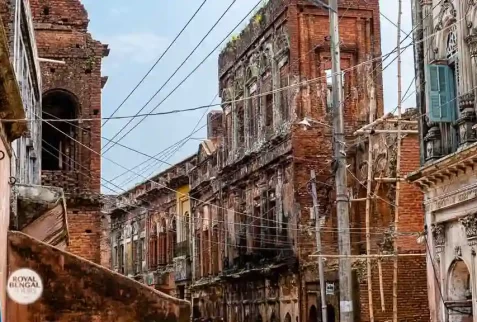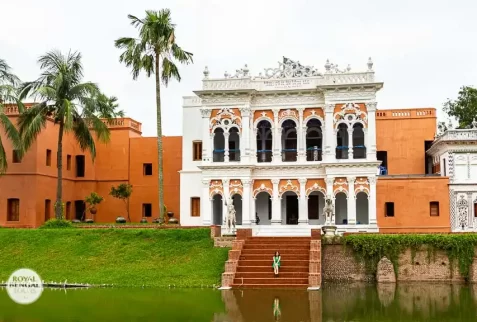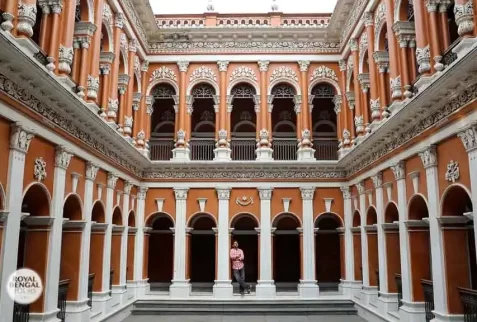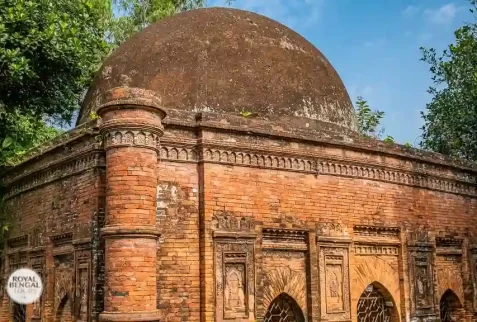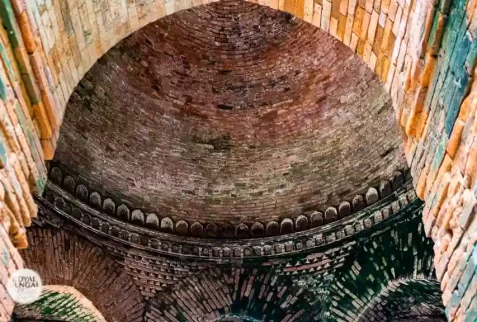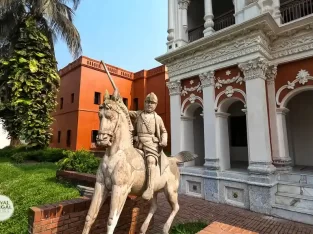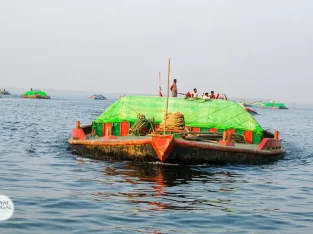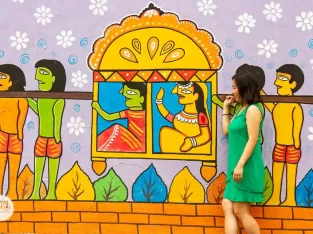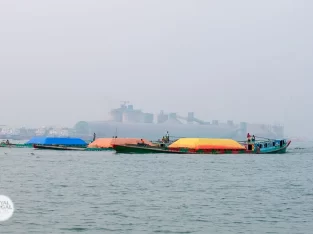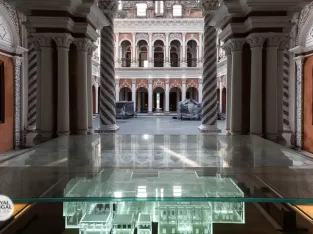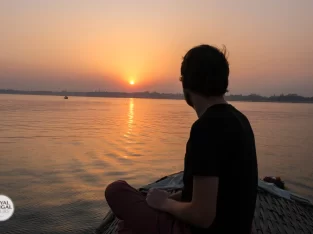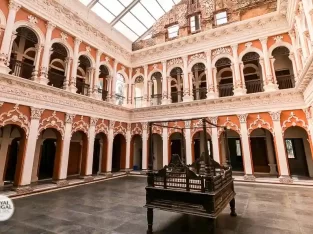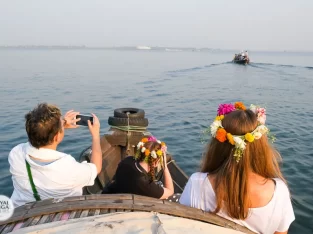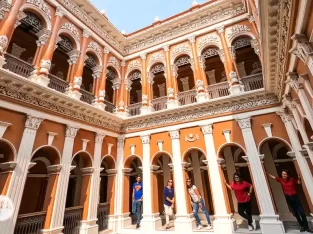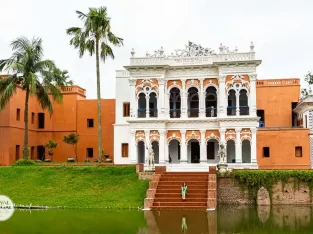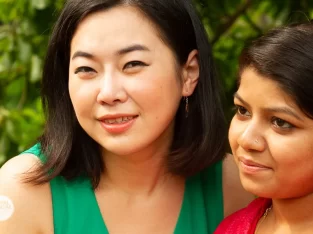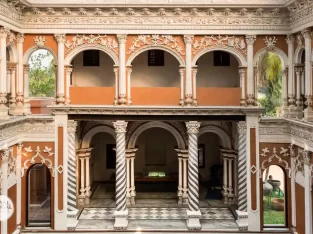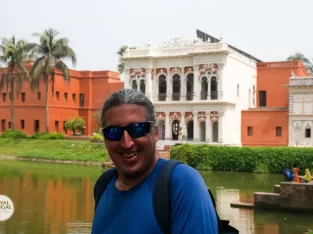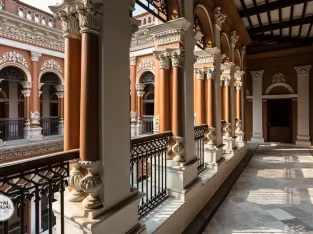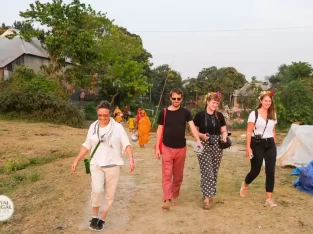Capital of Bengal ruler Isa Khan
Sonargaon
Sonargaon was the first capital of Bengal is a famous tourist destination because of its rich history, culture, and settlements. Besides the folk art and craft museum, Panam Nagar Ruined village, cute Goaldi Mosque and primitive life of Meghna River Char Village makes a day long and impressive. The historic city of Sonargaon was once the capital of Bengal ruler Isa Khan and an important trading center. This ancient city holds architecture from the Sultanate, Mughal, and colonial periods.
Sonargaon was the ending line for travelers making their way along the 2,500-kilometer Grand Trunk Road from Peshawar in the Hindu Kush. Sonargaon still has a few Mughal buildings, British colonial architecture, and the beautifully built colonial-style homes of Panam Nagar.
The remains of several Mughal monuments in this area include – the Panch Pir Mazar Shrine, Goaldi Mosque, Ibrahim’s and Abdul Hamid’s Mosque and the Sonakanda River Fort. And among the British colonial architecture conserved in Sonargaon includes the Ananda Mohan Poddar House and some other street-front palaces. Sonargaon was the ending line for travelers making their way along the 2,500-kilometer Grand Trunk Road from Peshawar in the Hindu Kush. Superbly built colonial-style residences of Panam Nagar, a prominent cloth trading center in the latter part of the 19th century, are under the protection of the Department of Archaeology.
Sonargaon, or more correctly Suvarnagrama, lies in a vast fertile region of lowland between the old course of Meghna, the Sitalakhya and the Dhaleswari rivers and about 30km north-eastern direction by Dhaka-Chittagong highway. The capital was established here by the first independent Sultan of Bengal, Fakhruddin Mubarak Shah (1338), and later Sultan Ghiyasuddin Azam Shah (1389 – 1409) continued his splendid court in Sonargaon.
The early history of this Hindu origin city is not yet definitely known. However, the first distinct reference to this city is found in the Tarikh-i-Firozshahi of Ziauddin Barni, which speaks about the friendly relation of Rai Danuj of Sonargaon with Ghiyasuddin Balban, the emperor of Delhi at the time.
Its position on the bank of the Meghna River gave it the first importance as an inland port-town, connecting ancient Bengal with the Middle East and the Far Eastern countries. It rose to be the political capital of East Bengal by the Muslim rulers between 1296 to 1608 A.D., and a mint was also established here.
Ibn Battuta visited Sonargaon around 1345 A.D, and here he embarked on a river vessel that took him directly to Java. The Chinese ambassadors to the court of Bengal Sultans came to this place in the early 15th century A.D. They wrote that Sonargaon was “an enclosed place with streets, tanks, bazars and a business centre for all kinds of goods,” and add that “all goods arc collected here and distributed.” Ralph Fitch visited Sonargaon in around 1588 A.D. He noticed, “Sonargaon is a town six leagues from Sripur, where the best and finest cloth made of cotton in all India”. He has also mentioned that the chief king Isa Khan’ Masnad-i-Ala and his brave son Musa Khan were among the most powerful ‘Bara-Bhuiyans’ of Bengal.
After establishing the Mughal capital at Dhaka in 1608, the political and economic importance of Sonargaon came to an end, and the city gradually dwindled into an unrecognisable village, especially after the collapse of its fine muslin industry.

